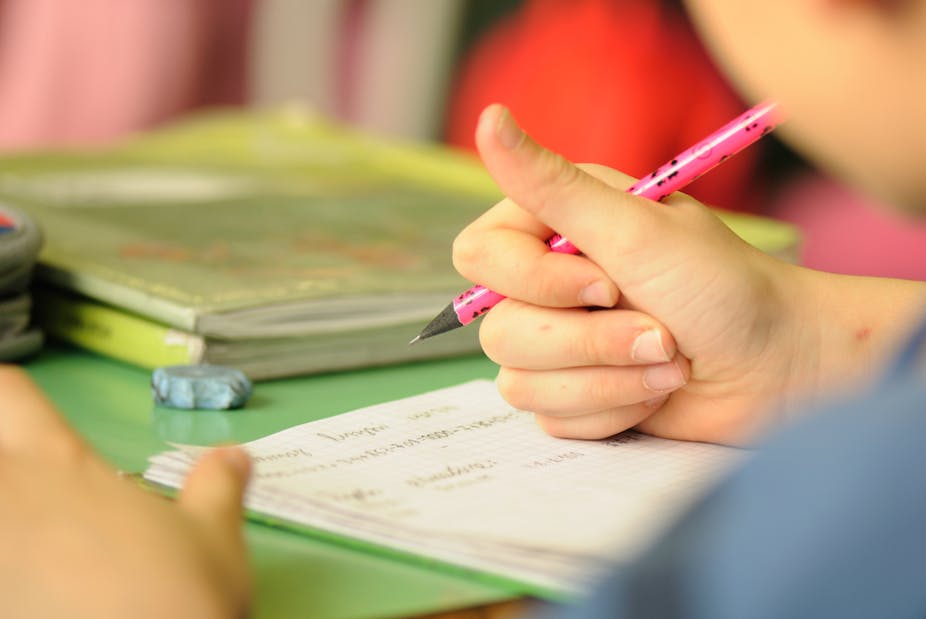Prime Minister Julia Gillard in September set an ambitious goal for Australian education: to be ranked as a top-five country in reading, mathematics and science by 2025.
Clearly she is hoping to lift Australia in the international rankings in the Programme for International Student Assessment (PISA), which tests samples of 15-year-old students on their knowledge, applied in real-life situations.
However, results released yesterday by the Australian Council for Educational Research (ACER) from the more curriculum-based assessments, the Trends in International Mathematics and Science Study (TIMSS) and the Progress in International Reading Literacy Study (PIRLS), highlight the magnitude of the challenge Australia faces if we are to achieve the PM’s goal.
Australian Year 4 students were significantly outperformed by students in 17 countries in mathematics and 18 countries in science. At Year 8, Australia was significantly outperformed by six countries in mathematics and seven countries in science. With the exception of a small improvement in Year 4 mathematics scores, performances over the 16 years that TIMSS data have been collected have stagnated.
At the same time, there were dramatic improvements in mathematics or science performances in England, Hong Kong and Singapore, among others, and steady improvements in the United States, Korea and a number of other countries.
The PIRLS results provide the first ever data on how reading levels in Australian primary schools compare with standards in other countries. These results show that Australia was outperformed by 21 countries in reading.
Alarmingly, the data for both studies show that there is a substantial tail of underperformance at both year levels and in all subject areas. More than one-quarter, and in some cases more than one-half, of our students failed to achieve the Intermediate international benchmark, the minimum proficient standard set by the Ministerial Council for Education, Early Childhood Development and Youth Affairs (now known as the Standing Council on School Education and Early Childhood) in mathematics and science, and extrapolated to reading in PIRLS.
Many of these students come from families that do not have the option of sending their children to private or better resourced schools.
The PM’s goal is unlikely to be realised if the attitudes of students are not changed. Around one in ten students at both year levels are disengaged from school, reporting that they do not like being in school and do not feel as though they belong.
According to teachers, 70% to 80% of students at both year levels are limited to some extent by their lack of knowledge and prerequisite skills. However the report also shows that around one third of Year 8 students are being taught mathematics and about 15% taught science by teachers “out-of-field” – lacking the strength in pedagogical and content knowledge to be able to provide adequate extension for high-achieving students or able to provide alternative structure for students who are having difficulties or who are disengaged.
In setting the “top five” goal, Julia Gillard noted education’s ability to transform the lives of individuals and the dependence of national economic performance on the quality of a country’s educational institutions. “To win the economic race,” the PM observed, “we must first win the education race”.
I would argue, however, that our aim as a nation should not be to win any race other than the race to provide an equitable system, ensuring that every child has the opportunity for and knows the pathway to success.
Pasi Sahlberg, Director General of the Centre for International Mobility and Cooperation in the Ministry of Education in Finland, recently explained that this was the basis on which the Finnish education system was rebuilt, and the results of TIMSS, PIRLS and PISA have found this to be largely effective.
To be in the top five school systems in the world over the next 13 years, Australia will need to lift the achievements of our lowest-performing students – in many cases the most underprivileged students in our society – and to focus research and practice on this.
The achievement of this goal would be something in which we could all take pride.

